The African Democratic Rally which was also known as the Rassemblement Democratique Africain (RDA) was the first Pan-African and French-speaking organization. It was created in 1946, in Bamako, Sudan (now known as Mali), when different African anti-colonialists and nationalist movements were rapidly growing during the World War II.
During 1945, the French Fourth Republic granted a special right to its African colonies that allowed them to send their representatives to the French National Assembly in Paris. These representatives always campaigned to abolish colonial rules and forced labor, and that is why they decided to join hands to get maximum assembly votes and get greater political influence through social work and debate. They also worked hard to create a Pan-African movement that will work across the various borders of the French African Colonies.
The representatives of the African colonies arranged a conference in Bamako during 18th to 21st of October 1946, under the strict leaderships of Felix Houphouet-Boigny, founder of the Democratic Party of the Ivory Coast (PDCI) and the representative of the Ivory Coast at the French National Assembly. They all named their organization as Rassemblement Democratique Africain (RDA).
The main objectives of RDA included the union of all Africans across the continent without considering any religion, social status, political inclination or ethnicity. The RDA also worked hard to fight against assimilation and colonial domination. The organization also sought different ways for the promotion of African culture and its unique civilization like an African organization based on African conditions and led by Africans to serve Africa. However, RDA didn’t reject any union with France, and various ideas were discussed to improve severe conditions of African that included the establishment of colleges and universities, increased trade between different colonies, free health care facilities and freedom for labor unions.
The RDA always remained a good old French-African organization, despite being the one that worked only for African unity. All the members of the organization were from French Equatorial Africa (AEF) and French West Africa (AOF) regions. But there were cases when help was taken from the leaders of French West Indies. RDA was always a single political organization but was committed as a great network of local parties that followed the Pan-African ideals. This organization was also strongly interlinked with the French Communist Party and at various times had the support of French government.
After many French-African colonies had gained independence during the era of 1960, there came a disagreement between the members of the organization that somehow weakened its roots, and after sixty years of its founding, the RDA is still surviving in Africa under the PDCI-RDA banner in the Ivory Coast and the Sudanese Union in Mali.
Source Article:

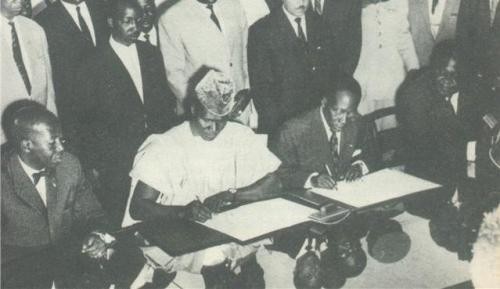



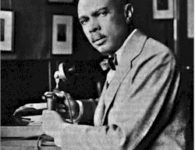
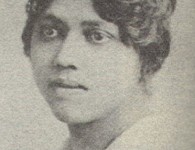
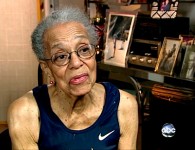
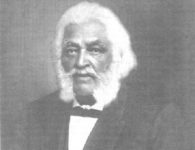
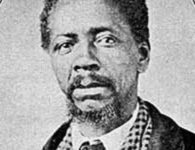
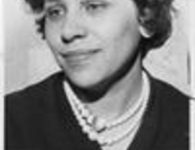


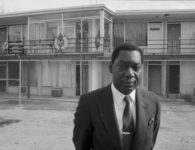
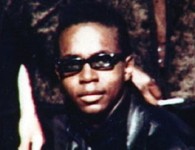

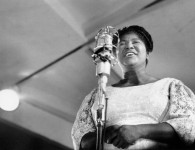
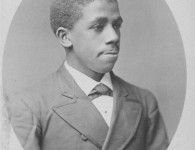
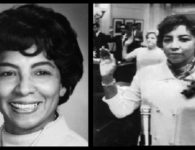
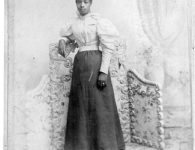

2 Comments
Please give me more information
ERITYE, At the highest levels of AFRIKAN ACADEMIC SCHOLARSHIP, we continue to eronously give garvey n dubois credit for the PANAFRIKAN mouvement. Is it because those conferences took place in Europe n amerikkka the centers of eurocentric scholarship n Training for “2% of negroes who were getting their training in post colonial leadership” or is it because the negwo gene microchip works so well that even those of us who dedicate our lives to pursue the so called cause of freedom n liberation for our people have to falsify our history to show massa that we are still bound by the oath of writing n presenting a narrative of what was instead of reporting our material history as it happened.
From the material history of our struggle for freedom n liberation, our DIVINE ANCESTORS IN WHAT WAS THE FIRST COLONIAL OUTPOSTS CALLED ISPANYOLA came together n had over 20 conventions with at least 21 nations seating in an mbonge or wonble to discuss strategies n plans to take the Island from the french n Spanish colonist. Even if we were to only consider the most famous n last gathering ibonge wonble that took place in Agust of 1791 at BWA KAY IMAN, it would still qualify as the first documented PANAFRIKAN CONFERENCE simply because it was well attended by 21 AFRIKAN NATIONS N AT LEAST 60 nations participating in the revolution. Which by the way is wrongly referenced to as the AYISYEN REVOLUTION. N that’s what structural narratives are supposed to do as a colonial tool of presenting our story within their context using their speech n voice. Don’t we owe it to our children to tell them the truth about our ANCESTRAL TRADITIONS AND ACCOMPLISHMENTS? When are we going to deal with the material history n data e see that just based on the number of reported attendees alone, what happened in colonial sendomeng that created AYITI the FIRST AFRIKAN CIVILIZATION AFTER THE MAAAFFFAAA had to be the first n most prominent APPLIED PANAFRIKAN CONSTRUCTIVIST MOUVEMENT in the history of the world. If in fact it created AYITI, as a beacon of freedom n liberation for all oppressed people n created the construct n practice of what DIOP WILL LATER REFERRED TO AS MONOGENIC THEORY. Then, should we not stop being book intellectuals repeating what they signed off on our Phd dissertations n look at the potential consequences of codifying n reporting our true history n stop falsifying the material history of our DIVINE ANCESTORS so that we can look good an in alignment with our colonial colleagues and institutions who regulate the temperature n substance of our discourse of our own people’s history. I am calling for the end of the narrative as a a colonial tool n filter to present our DIVINE ANCESTRAL TRADITIONS, HISTORY N CULTURE and a return to Sankofa woch is the PROCESS OF RETURNING TO THE RICH HERITAGE OF THE WISDOM OF OUR DIVINE ANCESTRAL TRADITIONS.
AYI AYA BOMBE
LIBETE OR DEATH
ASE OLOUWA
A AY AYI AYIBO AYIBOBO